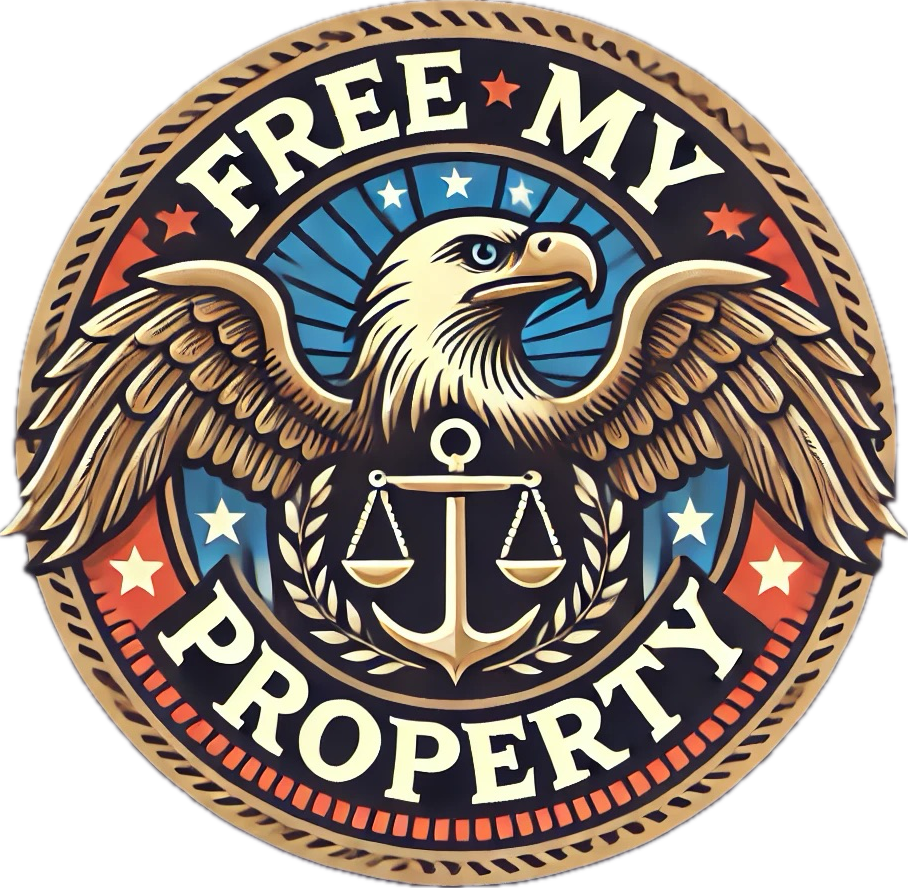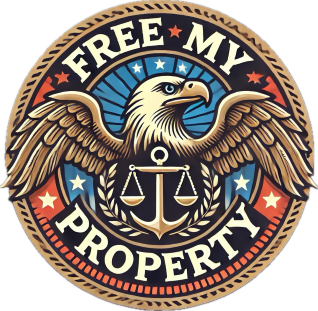Zoning in the ETJ—What Every Property Owner Needs to Know
If you own property in a Texas ETJ (Extraterritorial Jurisdiction), you’re outside city limits—but not outside city rules. Zoning, land use, and development restrictions can still apply, and often without the benefits of city services.
This guide walks you through how ETJ zoning works in Texas and what steps you can take to navigate these rules or remove your property from city oversight.
What Is an ETJ, and How Does Zoning Apply?
The ETJ is a buffer zone extending from a city’s limits. While you may not be inside the city, the city still controls how land is developed through zoning and subdivision rules.
City zoning laws in ETJ areas can impact:
- Property usage (residential, commercial, agricultural)
- Building setbacks and height limits
- Subdivision regulations
- Utility easements
Cities have different ETJ rules based on their classification (Type A, B, or C), and not all cities apply zoning the same way.
How to Identify Your Property’s Zoning Classification
To determine how zoning applies to your land:
- Check with your city’s planning department or GIS map.
- Locate your parcel’s zoning classification.
- Identify the governing regulations under that zoning type.
Keep in mind that zoning in ETJ areas can still limit:
- Short-term rentals (STRs)
- Mobile homes or manufactured housing
- Business operations
What Are Your Rights in the ETJ?
While cities enforce land use in the ETJ, property owners do not vote in city elections and may not receive city services. That imbalance has led to criticism—and to legislation like SB 2038, which gives landowners the right to petition for removal from the ETJ.
If you’re unhappy with the zoning rules applied to your land, you have options:
- Request clarification or variances from the city
- File a petition to be released from the ETJ
- Engage Free My Property to evaluate your property’s compliance and removal eligibility
How to Comply—Or Break Free
Navigating zoning laws means:
- Reviewing deed restrictions and city codes
- Ensuring surveys and plat maps match your intended use
- Preparing applications for city permits, if required
Or you can explore your right to opt out of the ETJ entirely. With Free My Property’s help, you can:
- Determine if your land qualifies for ETJ release
- Prepare a Chapter 277-compliant petition
- Navigate the city’s review and legal deadlines
Common Pitfalls—and How to Avoid Them
- Assuming the ETJ is powerless: Many cities enforce zoning rules vigorously
- Relying on outdated maps: Always check for the most current zoning overlays
- Failing to document land use: If challenged, documentation is your strongest defense
- Overlooking SB 2038: If you qualify, filing for ETJ release can give you total autonomy
Know the Rules—or Change Them
Zoning in the ETJ can be a barrier—or a roadmap. With the right knowledge and strategy, you can comply or pursue release and regain full control of your land.
Free My Property helps landowners navigate ETJ regulations and, when appropriate, leave the ETJ altogether.
Call (512) 842-9112 or get started now: https://freemyproperty.com/get-started
About Free My Property
Free My Property is the only Texas-based company focused exclusively on helping landowners remove their land from a city’s Extraterritorial Jurisdiction. Whether you’re developing a single lot or managing commercial parcels, we deliver results, clarity, and compliance every time.
Visit Free My Property or call (512) 842-9112 to speak with our team today.

